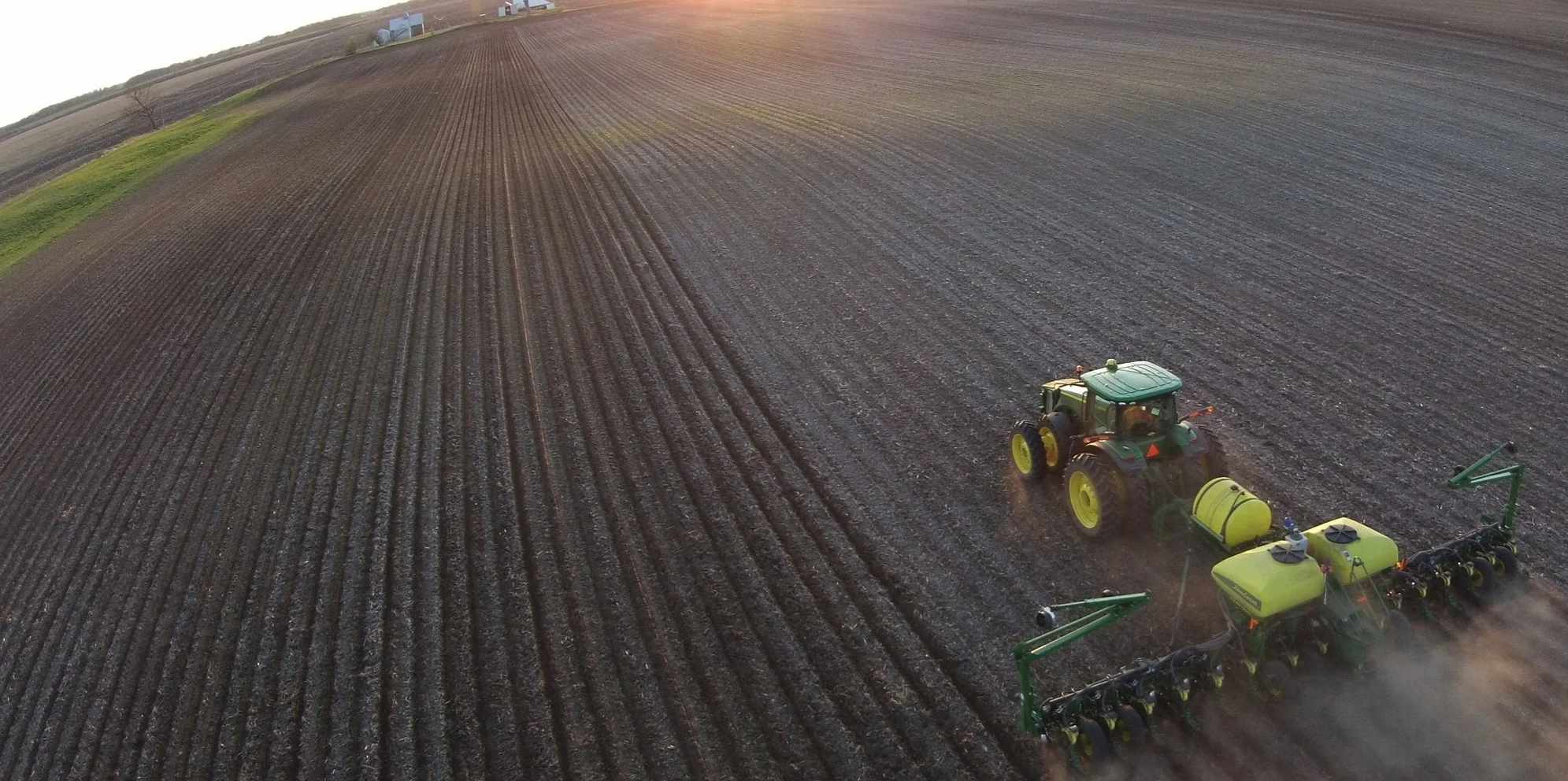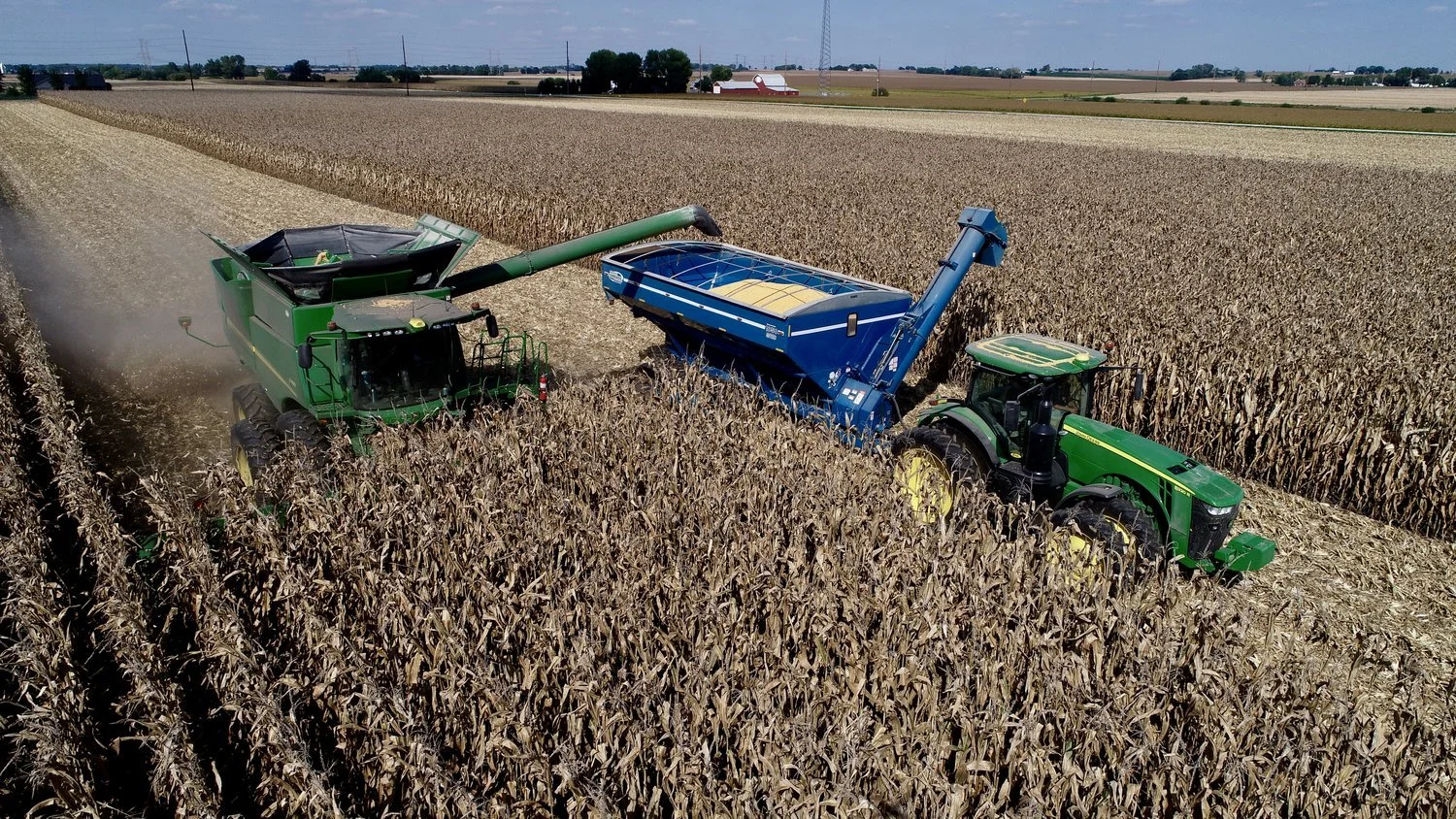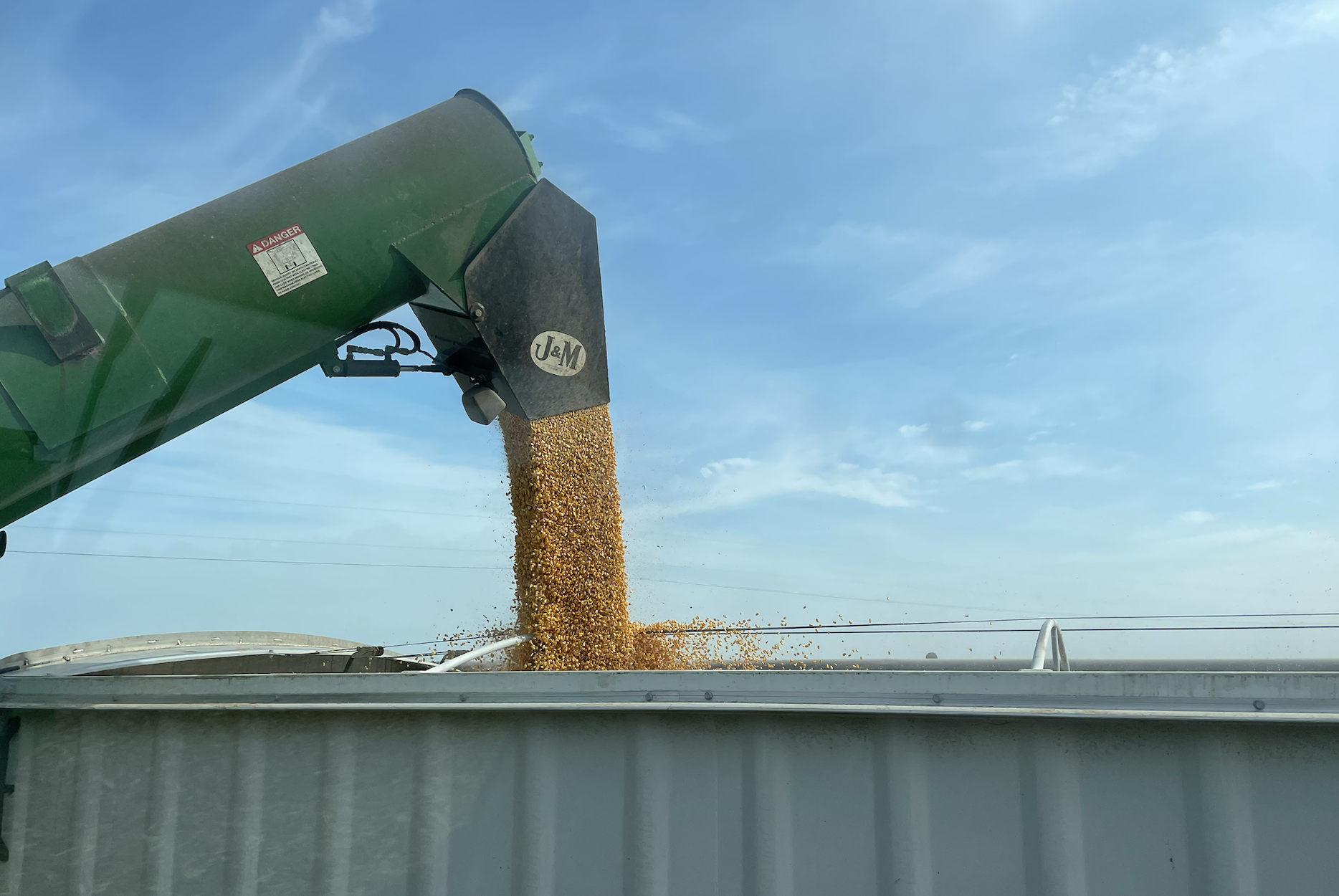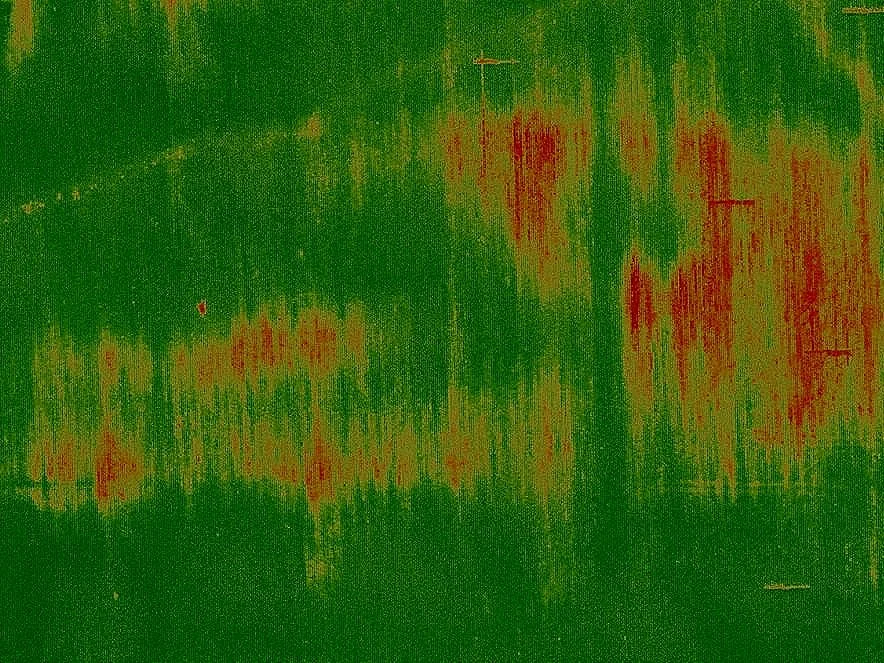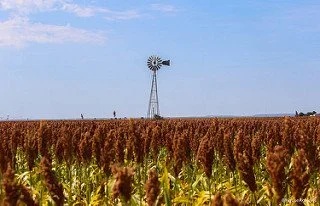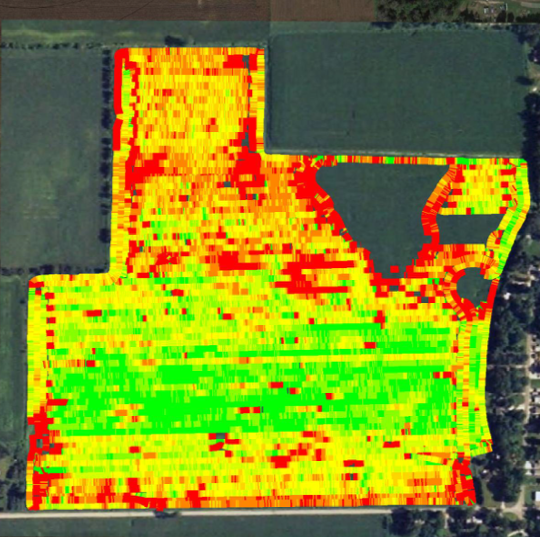LinkedIn Case Shows the Limits of Data Ownership
/I was very excited to read the teasers about the latest lawsuit against LinkedIn--hiQ Labs v. LinkedIn Corporation--thinking this case would help shed light on some ag data ownership issues. Forbes wrote: LinkedIn Vs. hiQ Ruling Casts A Long Shadow Over The Tech Industry. The Wall Street Journal hyped the case as: LinkedIn Case Tests Whether Firms Can Use Your Data. But after reading the first major decision in the case, I think we still have a long ways to go in resolving some ag data ownership questions.
At issue in hiQ v. LinkedIn is whether LinkedIn could control who views publicly available data input by LinkedIn users to create their online profiles. LinkedIn asserted that this data was proprietary to LinkedIn. hiQ developed software that "scraped" LinkedIn to create datasets that could be used by employers to monitor their employees' desire to leave, among other things. LinkedIn attempted to stop this scraping, sending hiQ a "cease and desist" letter revoking permission to access LinkenIn.com and threatening action under the Computer Fraud and Abuse Act (CFAA) if hiQ continued accessing LinkedIn data.
The CFAA creates civil and criminal liability for persons who "intentionally access a computer without authorization . . . and thereby obtain information from any protected computer." 18 USC 1030(a)(2)(C). LinkedIn claimed that continuing to access LinkedIn after permission was expressly revoked was a violation of the CFAA.
hiQ asked the Northern District Federal Court in California for a preliminary injunction prohibiting LinkedIn from barring hiQ from scraping publicly available data provided by LinkedIn. The court agreed with hiQ. The court issued a preliminary injunction and in the process, cast doubt on LinkedIn's CFAA allegations. The court reasoned that the CFAA was intended to stop hacking, not scraping data for a lawful business purpose.
There are a couple ways I see this case as applicable to ag data platforms on the market today.
You cannot privatize public information. The crux of the case is whether scraping LinkedIn user profiles after permission had been revoked by the host was a violation the CFAA. The court found this claim dubious, since the data being scraped was public. The court: "If a business displayed a sign in its storefront window visible to all on a public street and sidewalk, it could not ban an individual from looking at the sign and subject that person to trespass for violating a ban."
Likewise, much of the data collected by ag data platforms comes from publicly available sources, such as weather data from US government sources, USDA data, or USGS data. The LinkedIn case suggests this data should be considered public, not owned by an ag tech platform provider, even if repackaged and redisplayed in a proprietary format.
An online "privacy policy" may not always trump user's reasonable expectations. LinkedIn argued that its privacy policy prohibited "third-party scraping" of data like that engaged in by hiQ. The court rebuffed this, stating, "It is unlikely, however, that most user's actual privacy expectations are shaped by the fine print of a privacy policy buried in a User Agreement that likely few, if any, users have read."
Ag tech providers that take little care to craft online privacy policies may find a court equally as dismissive of their stock policies. This is why I always suggest that ag tech companies spend some time on their online agreements, rather than just reusing form documents crafted for some other purpose. Having stock forms that no one ever reads is a disservice to the ag tech provider and its farmer customers. Simple, easy to understand user agreements are the answer to this problem.
Overall, the hiQ v. LinkedIn case failed to address privacy and ownership of proprietary information, since that is not what LinkedIn collects or displays. Much ag data collected by the current platforms on the market is proprietary information owned by the farmer. To that extent, the case was not helpful. But the case was useful in understanding how courts might view publicly available information that is incorporated into ag data platforms.

